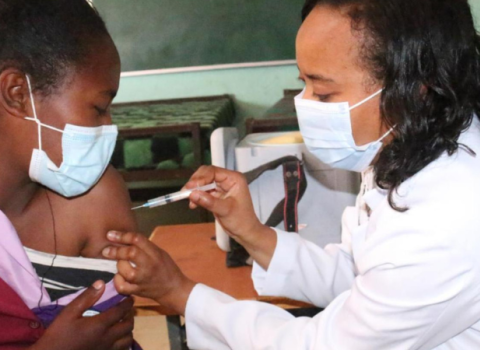Research lead
Scientists funded by the UK research charity, the Wellcome Trust have identified a key mechanism that enables malaria-infected red blood cells to stick to the walls of blood vessels and avoid being destroyed by the body’s immune system, which the Trust believes is an important potential new target for antimalarial drugs.
When the malaria parasite infects healthy red blood cells, it reproduces, producing up to 32 new daughter parasites that secrete a glue, PfEMP1, that travels to the surface of the infected red blood cells, leading to the formation of the knobs on the surface of the cells. The cells become sticky and adhere to the walls of the blood vessels, preventing the cells being flushed through the spleen, where the parasites would be destroyed by the body's immune system. This also restricts blood supply to vital organs.
The international group of scientists funded by the Wellcome has identified eight new proteins that transport PfEMP1 to the surface of the infected red blood cells. The researchers, led by Professor Alan Cowman from the Walter and Eliza Hall Institute of Medical Research in Melbourne, Australia, have shown that removing just one of these proteins prevents the infected red blood cells from sticking to the walls of the blood vessels.
“These findings greatly enhance our understanding of how the malaria parasite commandeers the red blood cell for its own survival and avoids our immune defences,” says Cowman. “They also suggest that a drug that targets these proteins could be an effective treatment for malaria.”
“Malaria parasites are evolving, making our current treatments increasingly less effective,” says Professor Alister Craig from the Liverpool School of Tropical Medicine, who collaborated on the project. “A drug which prevents disease rather than killing the parasite might be important because it could retain natural inoculation in the patient, limiting damage caused by the parasite and providing protection from further infection.”
The research was carried out by interfering with the function of specific genes on a scale not previously attempted in the malaria parasite. By blocking or "knocking out" the function of these genes the team was able to identify those important for allowing the parasite to stick to the walls of blood vessels.





 A unique international forum for public research organisations and companies to connect their external engagement with strategic interests around their R&D system.
A unique international forum for public research organisations and companies to connect their external engagement with strategic interests around their R&D system.